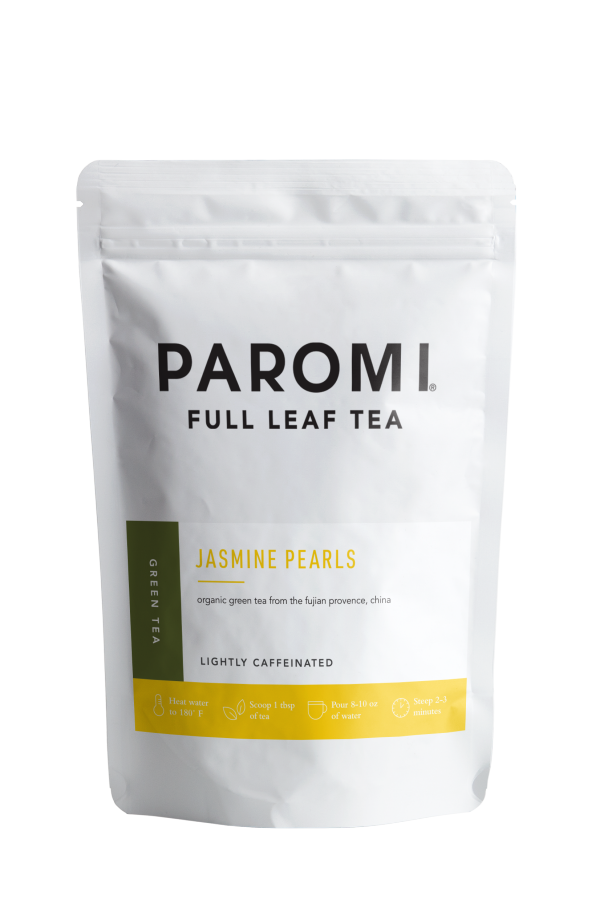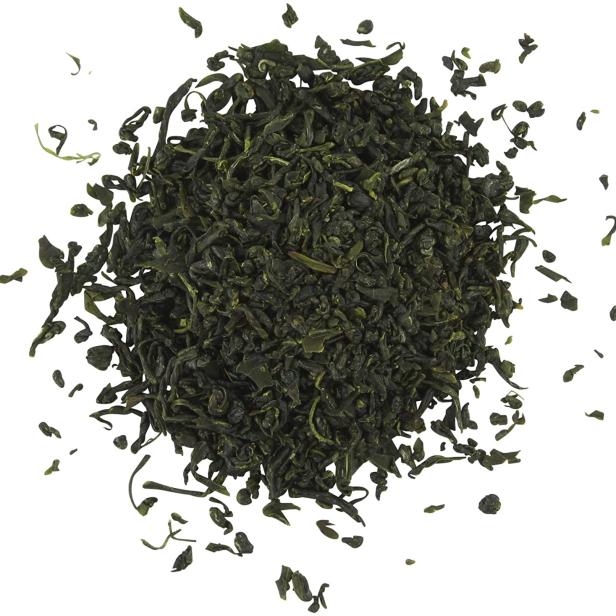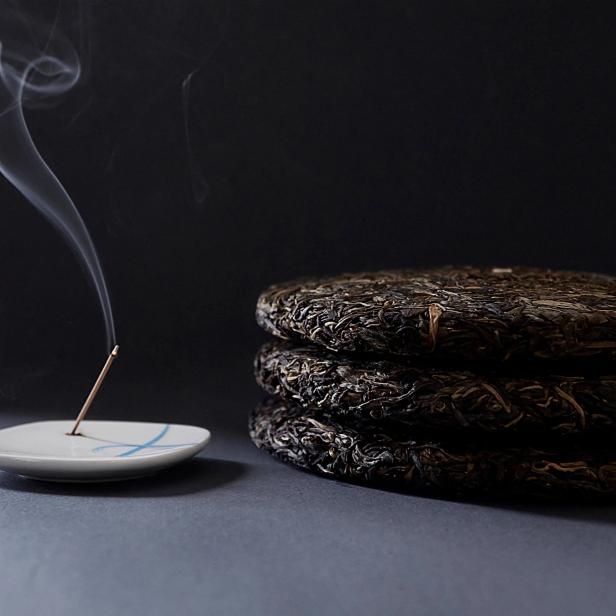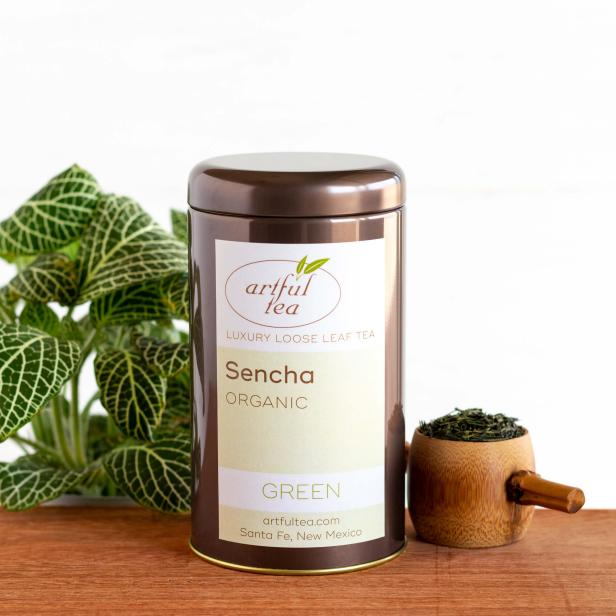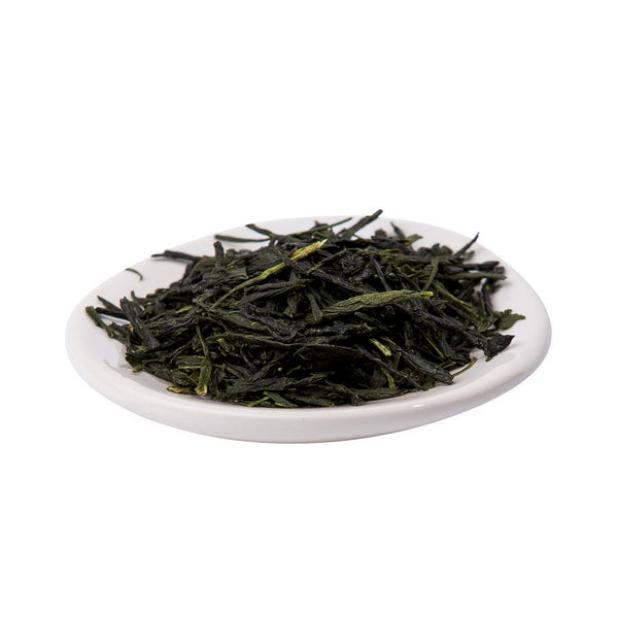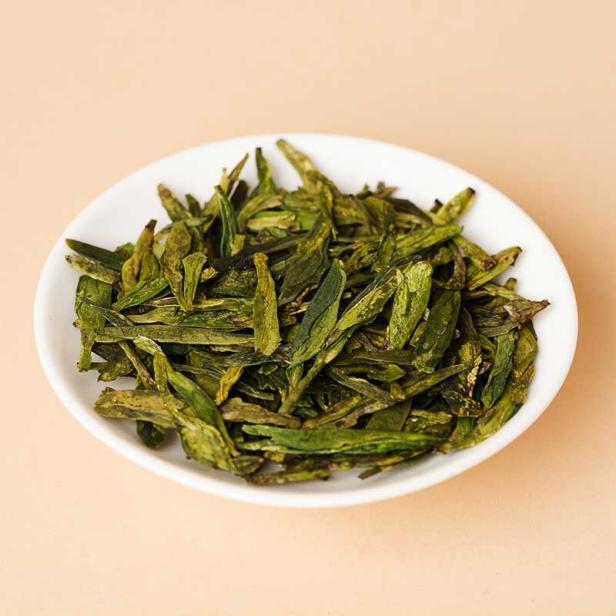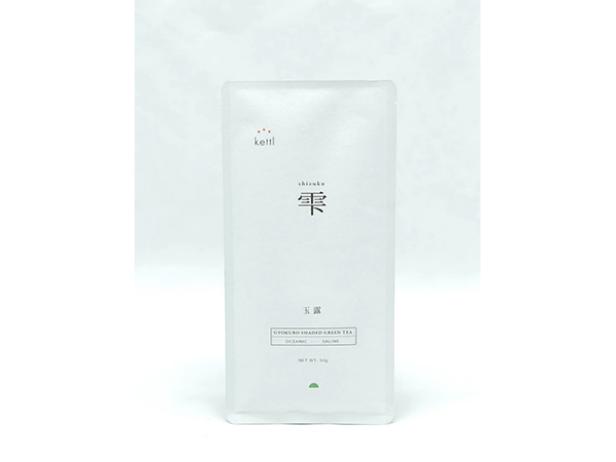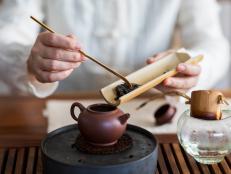The 8 Best Green Teas to Buy, According to Experts
The flavor of green tea depends on when the leaves were harvested, how and where they were grown and so much more.
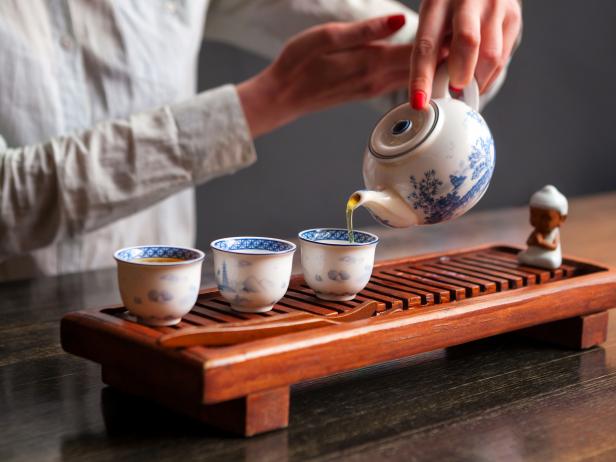
luckyraccoon/Getty
Green tea is extremely popular today, but its roots are literally ancient. Legend has it that green tea was first steeped in 2737 BC, when a few green tea leaves fell into an emperor’s cup of hot water. There are written records of green tea being used medicinally as far back as the Han Dynasty (206-220 AD), according to the Art of Tea, and being drunk for pleasure starting in the Tang Dynasty (600-900 AD).
Typically grown and harvested in China and Japan, it wasn’t until the 19th century that green tea became popular in European and other Western countries. Now, it’s a staple on the menu at any coffee or tea shop in America, and in many home kitchens.
What Are the Health Benefits of Green Tea?
As well as being delicious and having millennia of history behind it, there are likely health benefits to drinking green tea, including lowered blood pressure and decreased stroke risk. In a 2013 study published in the journal Stroke, researchers looked at survey data from Japanese adults and found that drinking two or more cups of green tea per day was associated with lowered risk of stroke and heart disease.
And, a small 2019 study published in the journal Physiological Reports found that green tea consumption was associated with improvements in blood pressure readings.
That said, it likely takes a lot of consistent tea drinking to reap these potential benefits, says Sharon Puello, MA, RD, a dietitian and certified diabetes educator based in Yonkers, New York. “Much of the research around the health benefits of green tea shows demonstrated benefit when intake is consistent and significant (between 2-5 cups of tea per day),” Puello says.
What’s the Difference Between Green Tea and Matcha?
Matcha, a powder derived from green tea leaves, has many of the same benefits as green tea, but tea experts note that there are some key differences between the two. “Matcha is a green tea that is made from grinding pure tea leaves into powder,” says Tomoko Honda, manager of the Ippodo tea store in New York City and the company’s global leader of operations. “The leaves [for matcha] are grown under the shade before harvesting, and this shade cultivation helps the growing tea leaves produce umami and its vivid green color.” On the other hand, leaves that will be brewed for tea (not turned into matcha powder) are grown in sunlight, which dulls their green color. Brewed green tea tends to be earthy and sometimes slightly bitter, whereas matcha has a richer, sweeter flavor.
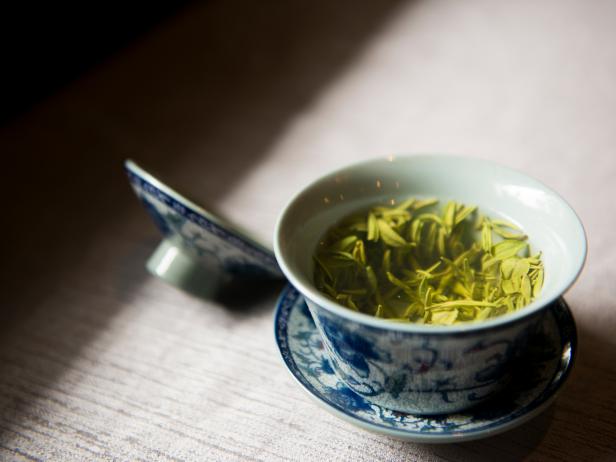
Sunphol Sorakul/Getty
What Are the Best Green Teas to Buy?
Head to the tea aisle of your local grocery store, and you’ll probably find dozens of green teas available for sale. Online, there are even more varieties to choose from. While most of them probably produce a perfectly nice cup of tea, not all brands are created equal. We asked tea experts to share their favorite green tea brands, so that you know exactly which ones to buy.
Available online as both loose leaf tea and in pyramid tea bags, this jasmine green tea is a favorite. A combination of green tea leaves and aromatic jasmine flowers, it’s smooth and slightly sweet. “Jasmine green tea just screams elegant,” says Shanae Jones, certified herbalist and founder of Flyest Tea Co. “The tea has a nice delicate and sweet flavor thanks to the jasmine, and Paromi does jasmine green tea right.”
“This is a green tea blend with sweet minty mellow flavor and undertones of chocolate,” says Jiyoon Han, founder of Pepperpot Tea Company, an ethically sourced tea brand. “Because of the chocolate notes, it’s more playful than other green teas.” The Rishi tea, available online, is certified organic and kosher, as well.
“Woojeon (translated ‘before the rain,’ as it is picked in early April before the first rain) is highly regarded as the best Korean green tea,” says Ashley Lim, certified tea sommelier at Mansa Tea, a handcrafted aged tea company. “Handpicked during its harvesting season from Jeju, the incredibly fertile volcanic island, this green tea maintains its beautiful leaves without any damage. Experience an elegant and delicate cup of lingering vegetal flavor with overtones of roasted chestnuts and sun-dried tomatoes.”
“My very favorite green tea is a wild harvested green pu’erh tea,” says Maria Uspenski, Founder & CEO of The Tea Spot. “It’s the closest tea in flavor to what munching down on a raw tea leaf is like, so it reminds me of the beautiful, sunny hillsides where it grows naturally, on big, gnarly ancient tea trees.” This version from Mansa is made with tea leaves grown and harvested by a reservoir in the Bulang Mountains of China’s Yunnan province.
“I love the strongly umami, thin-leaved Japanese green senchas,” Uspenski says. “The finest ones are shaded during the final days of their growth, which promotes a higher level of chlorophyll in the leaf, giving them a deeper green color and flavor.” This organic version from ArtfulTea is available online and has a fresh flavor with notes of citrus and seaweed.
A popular brand among tea enthusiasts, Ito En is a Japanese green tea brand that prioritizes sustainable practices and relationships with farmers. Rona Tison, Executive Vice President of Corporate Relations at Ito En, says that this shincha green tea is one of their most popular. “This is the most coveted green tea, as it is the first tea harvested of the season,” Tison says. “The tea is fresh and lively in flavor, with a sweet and elegant aroma. Translated as ‘New Tea,’ it is only available for a short time as there is limited supply of this special harvest.” The 2022 tea was picked in April and is still available online.
“Grown pesticide-free at elevation, this Chinese green tea is from the regional long jing cultivar,” says Cindy Li, founder and CEO of Uproot Teas. “It has a well-balanced, complex tasting profile with notes of chestnut and sugarcane.” It’s available online as loose-leaf tea, and the leaves can be steeped up to four times, each one producing a slightly different flavor.
Jessie Kuo, cofounder of the direct-to-consumer matcha shop Nekohama, recommends the green tea from Kettl. “They have a wide selection of teas to choose from, and each has varying degrees of grassiness and tannins/bitterness present.” Although any green tea from Kettl is a good choice, this Shizuku Gyokuro really shines. What sets gyokuro leaves apart is the fact that they’re shaded from the sun for about 20 days prior to harvest, which increases caffeine levels and produces a stronger, sweeter flavor.
Related Content:

























